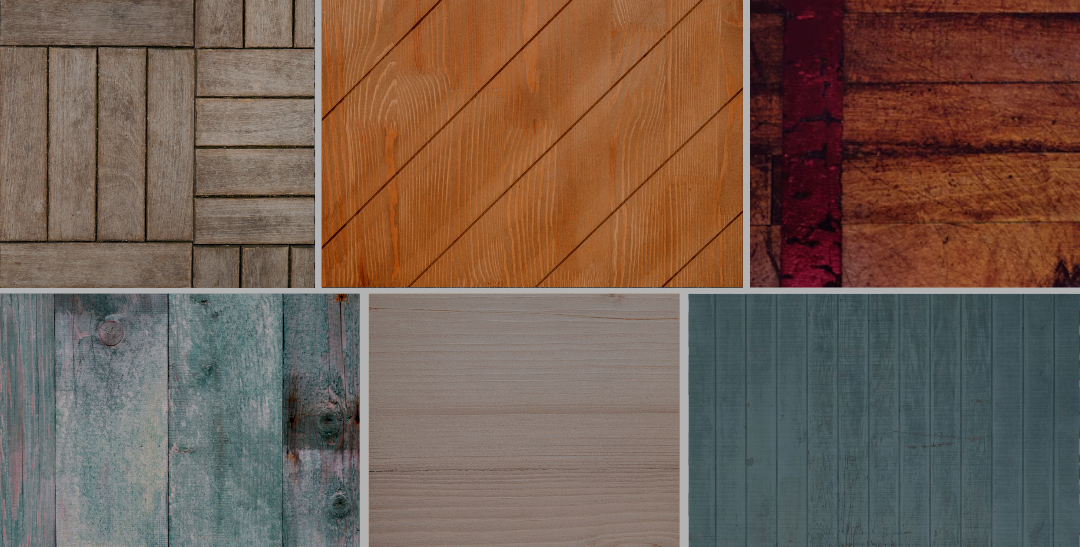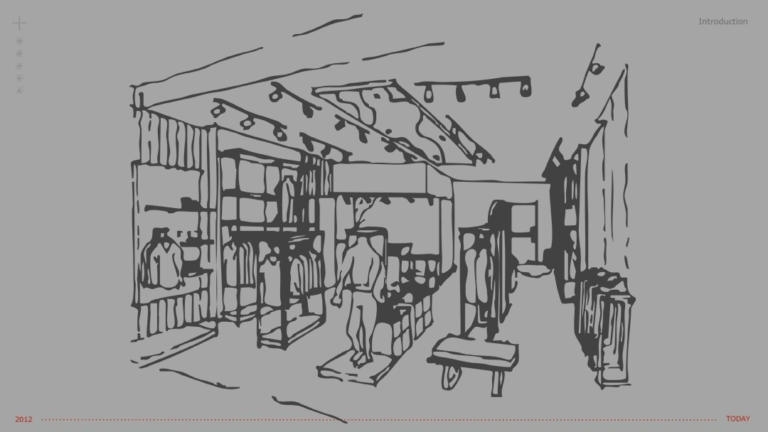In today’s retail landscape, sustainability is no longer a mere trend but a necessity. As consumers become more environmentally conscious, retailers are increasingly turning to eco-friendly materials to reduce their environmental impact and meet customer expectations. However, it’s crucial to remember that natural materials might not inherently meet fire safety standards, so you have to arrange additional treatments for making them fire-rated proof. Here, we explore the top five eco-friendly materials revolutionizing retail stores and why their adoption is crucial.
1. Reclaimed Wood
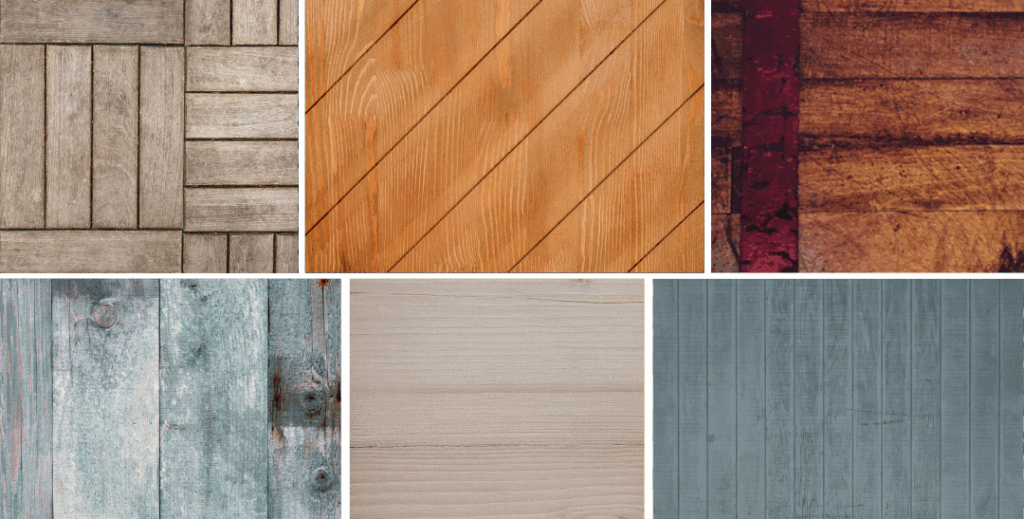
- Sustainability: Reclaimed wood is sourced from old buildings, barns, and factories, reducing the need for new timber and minimizing deforestation.
- Aesthetic Appeal: Reclaimed wood adds a rustic and unique look to retail spaces, creating a warm and inviting atmosphere that resonates with customers seeking authenticity and character.
- Environmental Impact: By reusing existing wood, we conserve forests and reduce waste, contributing to a more sustainable and circular economy.
2. Bamboo
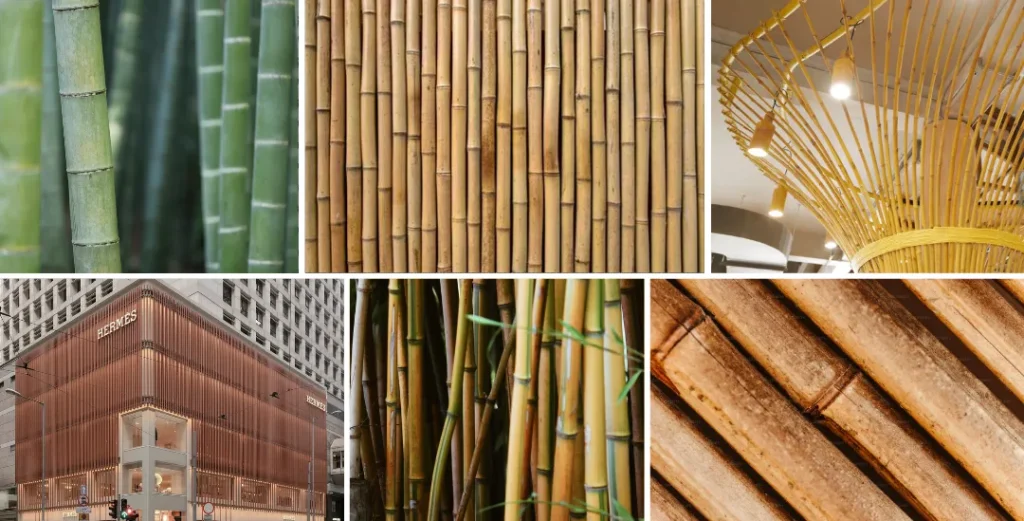
- Rapid Growth: Bamboo grows much faster than traditional timber, making it a highly renewable resource. It can be harvested in just a few years, compared to decades for most hardwoods.
- Versatility: Bamboo is used for flooring, shelving, and even furniture, offering a durable and attractive alternative to conventional materials.
- Carbon Sequestration: Bamboo absorbs more CO2 compared to other plants, helping to combat climate change by reducing greenhouse gases in the atmosphere.
3. Cork
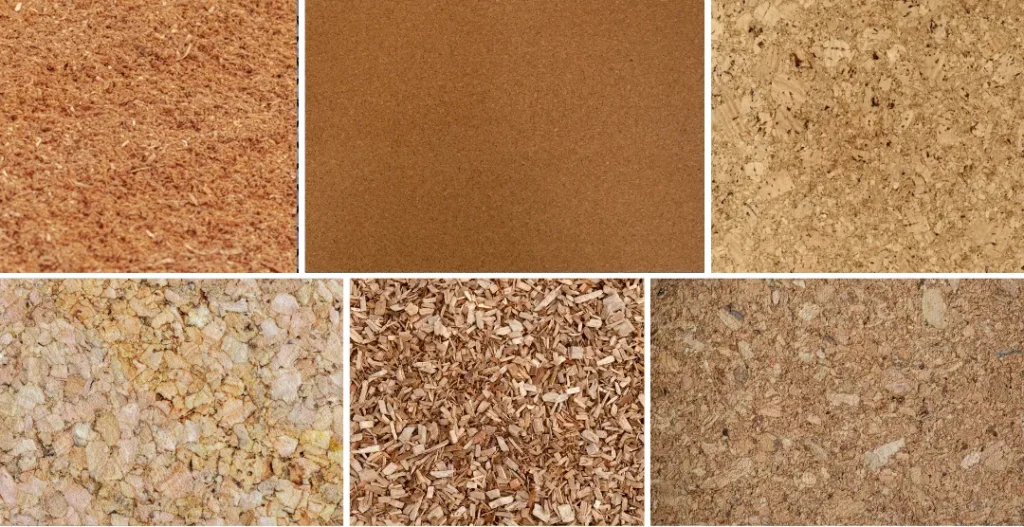
- Renewable Resource: Cork is harvested from the bark of cork oak trees, which regenerate their bark, making it a sustainable choice. This process does not harm the trees, allowing them to continue growing and absorbing CO2.
- Insulation Properties: Cork provides excellent thermal and acoustic insulation, enhancing the energy efficiency and comfort of retail spaces.
- Biodiversity: Cork oak forests support diverse ecosystems, promoting biodiversity and protecting wildlife habitats.
4. Recycled Metal
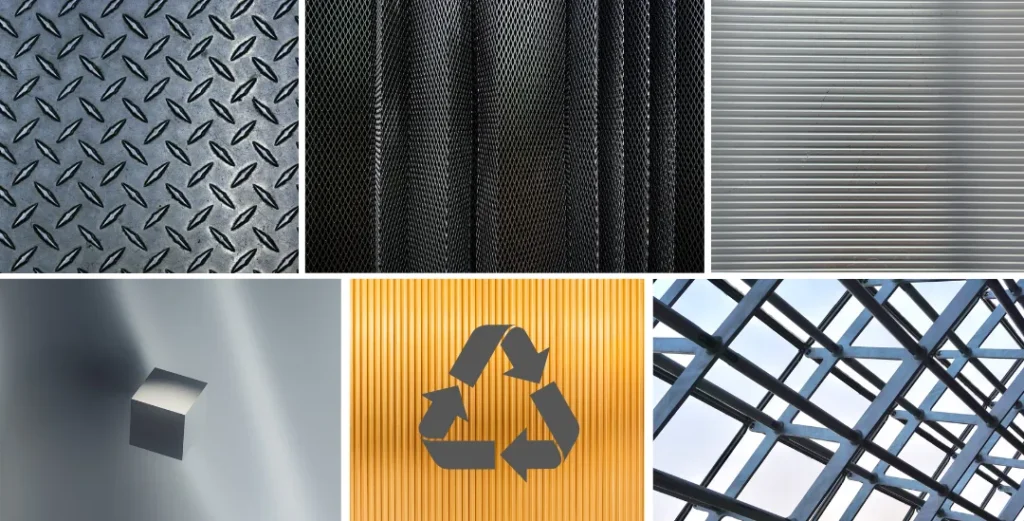
- Durability: Recycled metal is strong and long-lasting, reducing the need for frequent replacements and lowering overall material consumption.
- Eco-Friendly: Using recycled metal helps reduce mining and conserves natural resources, minimizing the environmental impact of metal production.
- Energy Efficiency: Recycling metal uses significantly less energy than producing new metal from ore, leading to substantial energy savings and reduced greenhouse gas emissions.
5. Recycled Plastic
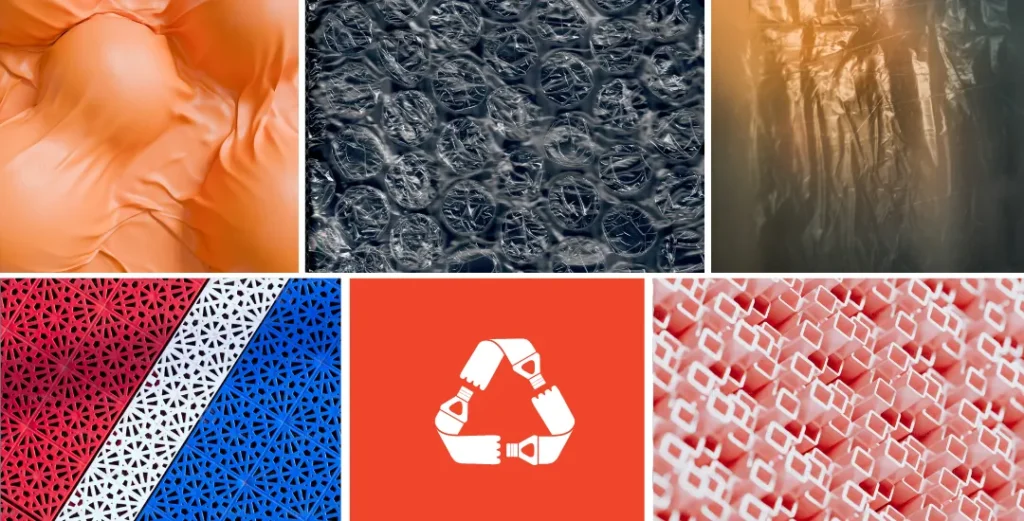
- Waste Reduction: Recycled plastic repurposes waste materials, reducing landfill impact and promoting a circular economy.
- Versatility: It can be molded into various shapes and used for fixtures, fittings, and even furniture, providing a flexible and sustainable solution for retail design.
- Circular Economy: By keeping plastic in use and out of the environment, recycled plastic supports a circular economy, where materials are continuously reused and repurposed.
Why We Should Pay Attention to and Use Eco-Friendly Materials
Environmental Benefits
- Reduction in Carbon Footprint: Eco-friendly materials often require less energy to produce and transport, leading to lower greenhouse gas emissions and a smaller carbon footprint.
- Conservation of Natural Resources: By using sustainable materials like bamboo and reclaimed wood, we reduce the need for new raw materials, preserving forests and other natural resources.
- Waste Reduction: Materials like recycled plastic and metal help divert waste from landfills, promoting a circular economy and reducing environmental pollution.
Health and Safety
- Non-Toxic: Many eco-friendly materials, such as natural paints and organic textiles, are free from harmful chemicals and VOCs, creating a healthier indoor environment for both employees and customers.
Economic Advantages
- Cost Savings: While some eco-friendly materials might have a higher upfront cost, they often lead to long-term savings through durability, reduced maintenance, and energy efficiency.
- Consumer Demand: Increasingly, consumers prefer to shop at stores that prioritize sustainability.
Innovation and Aesthetics
- Unique Design: Eco-friendly materials often offer unique textures and aesthetics that can set a retail space apart, creating a distinctive and appealing shopping experience.
- Innovation: Embracing sustainable materials encourages innovation in design and construction, leading to new and creative solutions in retail environments.
By integrating eco-friendly materials into retail stores, we can make a positive impact on the environment, improve health and safety, achieve economic benefits, fulfill social responsibilities, and enhance brand image. It’s a win-win situation for businesses, consumers, and the planet.

